Playa de Coco and the Cost of Tourism in Costa Rica
The journey to Playa De Coco began at 5:00 am on Chira Isle. We had to wake up so early because, in order to catch the tide, we needed to be on the boat leaving Chira by 6 am. This meant taking down mosquito nets, saying goodbye to the wildlife (toads, lizards, and iguanas) and loading the boat during high tide.
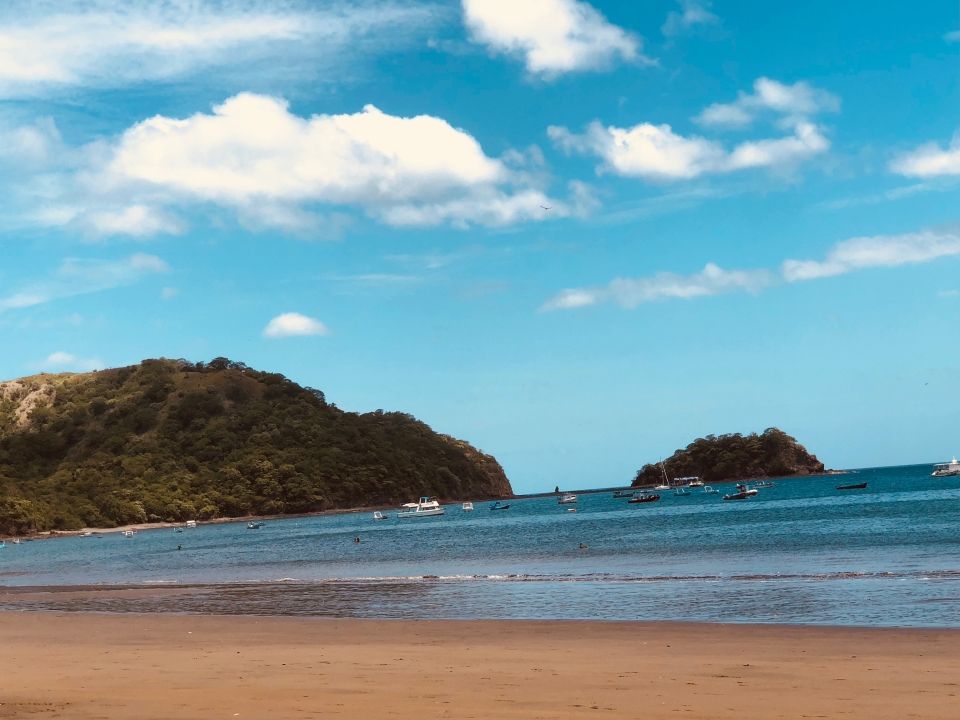
Once back on the mainland, we journeyed north, to the beach town of Playa De Coco. Playa de Coco, or Coco Beach in English, is almost the exact opposite of Chira. Whereas students were falling asleep to the hum of nature, they were now staying dorm style next to an extravagant pool, with the ocean only walking distance away. The contrast was intentional. Visiting Playa De Coco was meant to challenge the way students think about tourism, and the unexpected cost that tourism has on the local economy, environment, but most importantly, the local people.
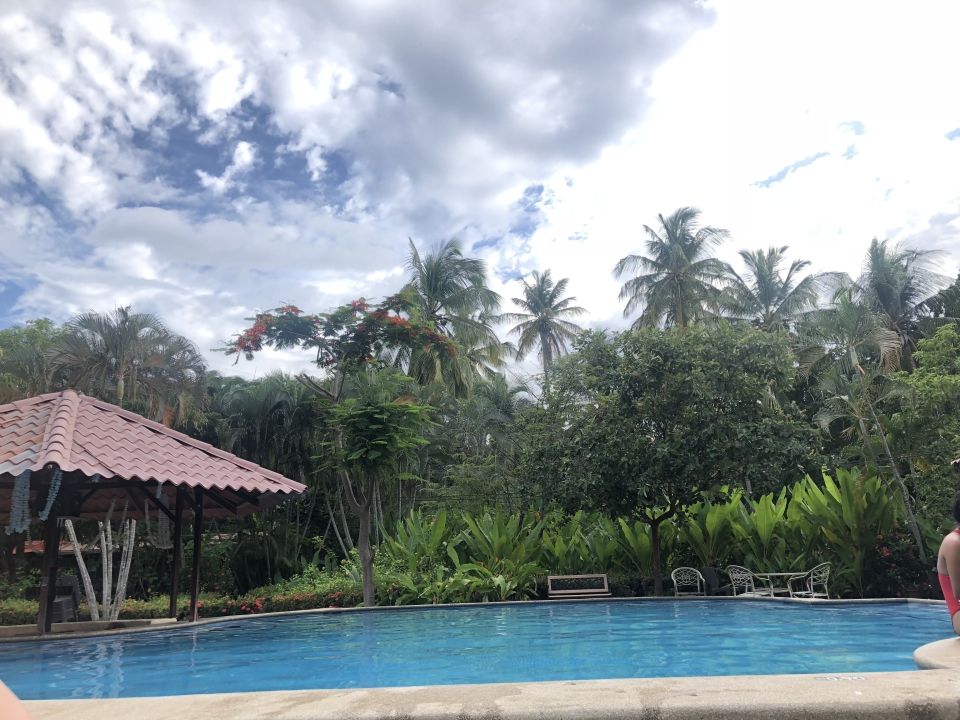
To begin thinking about this topic, students first learned about how water was distributed in the community. When large houses were built on the hillsides to cater to expats, where the water would come from was not taken into consideration. As a result, people who live in these opulent homes have to have their water delivered via a truck almost every day – and this water is transported about 100 kilometers, which further pollutes the air due to gas exhaustion. As we wound our way down the mountain, we viewed many hotels and other nice houses, which again are used by expats and often put money into business’s pockets – but not the local economy. A Hard Rock Café and Subway were in Playa De Coco, along with a shopping center that serves the expat and tourists who visit Playa De Coco. However, the owners of these businesses are not Costa Rican. Furthermore, when we viewed the local town – made up of a school, soccer field, church, and small houses and "tiendas – we noticed a small blue building. That building housed all the water for the local community- and it was contaminated. This is the cost of a tourism economy, and what the students feared would happen to Chira. Water distribution is a social justice issue, and as we toured fancy hotels on neighboring beaches, the message was clear. The interests of big business and catering to the tourists came at costs to the local community in all aspects – economic, social, and environmental.
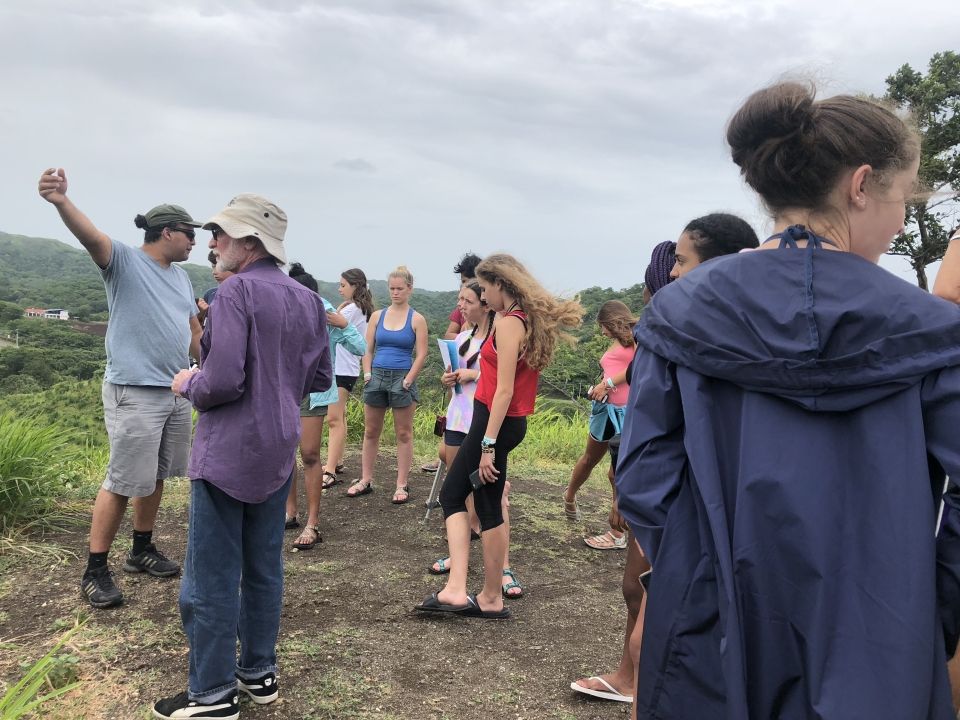
Between field site visits and lectures from activists in the community, students took advantage of being so close to the water. Daily trip to the beach and the pool allowed students to unwind after morning classes and continue to bond with each other. In addition, nightly meetings in which students debriefed what they learned with their peers became the norm. Students shared that they had stayed in resorts very similar to the ones we saw when they went on vacation and never thought about the costs. Students were open about the fact that they did not think about how long their showers were, or where that water came from. They also reflected on what they could do as consumers to support local businesses and keep the flow of money within the local community.
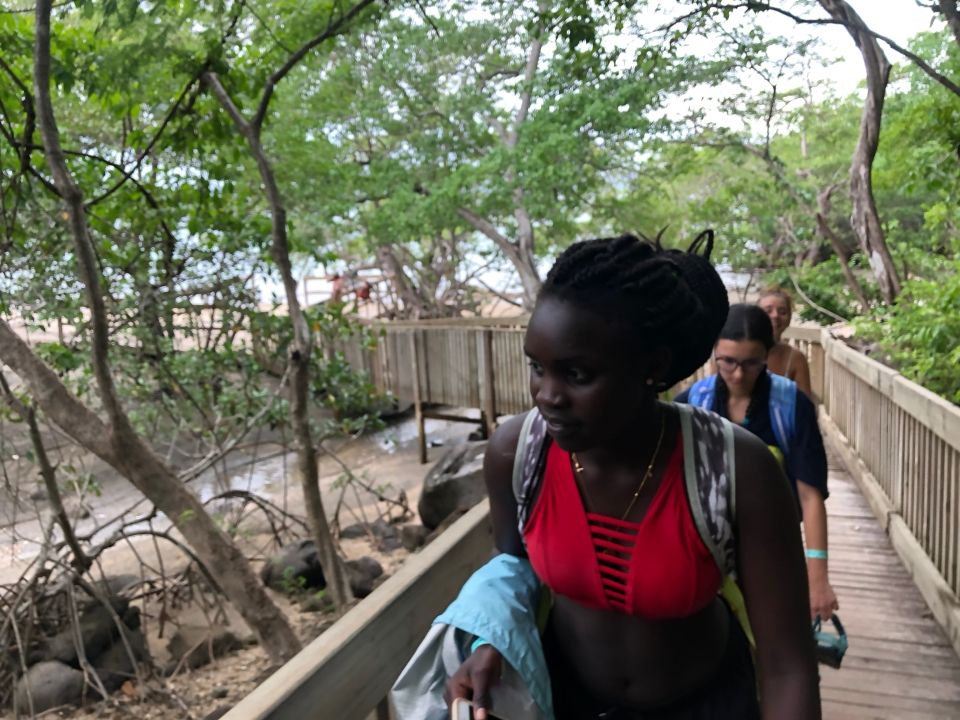
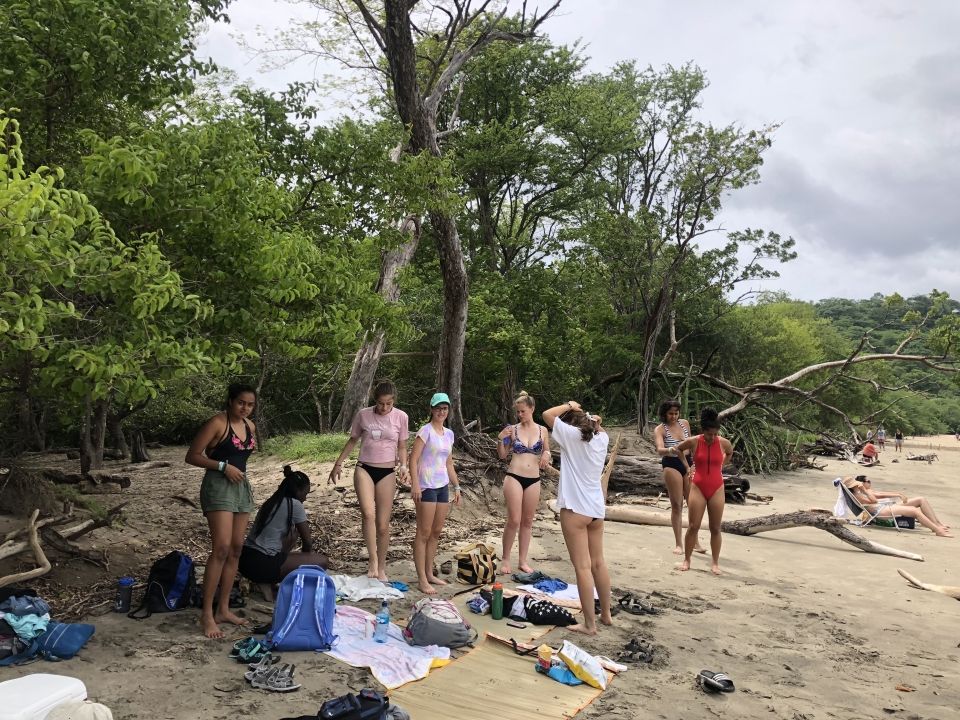
As our time in Playa De Coco came to an end, students were eager to see our next location and learn about sustainable energy practices, after seeing so many examples of environmental waste and mismanagement in Coco. After only 4 short days, it was time to repack and load the bus again as we headed up to the mountains in Guayabo.

Related Posts
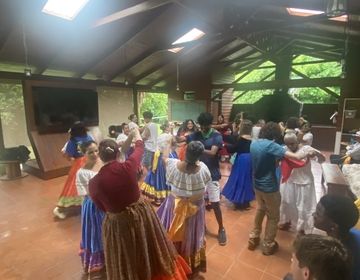
A Colorful Finale
For our last blog post, the incredible Rama Mansour crafted a fantastic summary of our final few days. Great job Rama! The last few days here in Monteverde have been... keep reading

Unexpected Communication
This blog was written by Izaiah Smith. Izaiah is a global navigator that is flexible and is always up for a challenge. Whether that is learning Spanish or meeting new... keep reading

Tubing in Liberia!
Once again, one of our amazing Global Navigators took over the blog posting honor! Kayla Williams created a fantastic update from our weekend in Liberia. Here is what she had... keep reading